I took my first trip to Puglia in 2011. Since then, the region has blown up in popularity; with the masserias and UNESCO world heritage sites calling it’s hard to ignore the allure of this beautiful Italian region, also known as the “heel” of Italy.
I was lucky enough to spend an entire two weeks cruising along the coast, having only a loose agenda of what towns to stop at, zero accommodation booked, and no idea what to expect. Environmentally, it’s better for individuals to take fewer, longer trips. While this is not alway feasible due to work and life schedules, I’d advise you consider this as part of your general / annual travel planning. And personally, I find it much more fulfilling to spend long periods of time in a special place rather than quick visits.
I had already moved back to New York from my 3.5 years from living in Italy by the time I reached Puglia, having traveled all over the South (Napoli and the Amalfi Coast, the Cilento coast, Salerno, Sicily, the Aeolian Islands, and many other smaller towns), feeling pretty well-versed in what to expect from Italian vacations and holidays. I have no idea what took me so long to discover Puglia, as it still remains to be one of my most favorite destinations in Italy.
Tuscany has long dominated the eco-tourism scene, with the world renowned wine, food, and gorgeous landscapes, but Puglia has finally made it’s way into the spotlight. Offering a warmer and relaxed, chill beach type of holiday, affordable prices, and an ‘Apulian’ culture of it’s own, it’s a gorgeous place to relax and live the slow life in the Mediterranean. Puglia is famous for its incredible olive oil production, providing around 40% of the country’s olive oil, equating to ~ 300,000 tons annually.* I purchased a huge bottle of olive oil while there that I was absolutely milking for about 2 years since my visit – it was only for special occasions!
During my Puglia holiday, the days consisted of beach hunting, a beautiful pasta lunch (fresh fish, clams, frutti de mare or ricci), some sightseeing, an aperitivo, and then a quick search on our phones to help us discover what kind of accommodation was available in the region. The trullo home is the dry stone traditional “hut” that was typically inhabited by agricultural workers, and have now become more and more unique as they are somewhat of an historic site and accommodation in one. This was the first time I have ever heard of “agriturismo”, or “agriculture tourism” while exploring Puglia – and I feel as though I have been totally spoiled because I’m 99% certain to this day (6 years and many other trips later), that Puglia may be the best region in the entire world to experience this type of travel, and definitely the only place in the world where you can enjoy a trullo for accommodation.
One evening after another sunny and leisurely day, we discovered the Leonardo Trulli Resort. I still dream about coming back to this place. We saw a tiny sign made of wood with white painted lettering in cursive on the side of the road, and decided we’d proceed to check it out further. We pulled up, and opened our car doors to the most beautiful trullo tucked away in a lush garden of indigenous flora, with lovely classical music piping through the bushes. I can still hear the sound of the stones under the tires as we slowed down, my curiosity brimming, delighted and feeling as though we had entered another dimension. To be frank it looked like an Italian Disneyland; everything was magical.
The trullo home is the dry stone traditional “hut” that was typically inhabited by agricultural workers, and have now become more and more unique as they are somewhat of an historic site and accommodation in one.
Out came Rosalia, the amazingly kind and proud new owner of the Resort. We were one of her first guests ever, as she had just opened for business weeks prior. She was the most darling hostess, and her passion for creating her vision she had of this beautiful haven was evidenced in every single detail. The rooms maintained their traditional trullo style, classic whites and sun-kissed tones, the out of this world food – with the amazing with the olive and fig trees growing everywhere all over the area – in addition to the garden with huge zucca (pumpkin), zucchini, tomatoes, and other yummy vegetables. Her chef who (also super lovely) was a rockstar, and served us the most delicious all-organic breakfast and aperitivo. She put nutmeg on our fried eggs one morning (kind of an odd paring I thought), and because of her I still do this at home sometimes. Perhaps it’s a nostalgic nod to the comforts I felt being at the Resort, but also, it just tastes nice 🙂
To be honest, this property planted a seed in my soul. It serves as a partial foundation for a place that I one day as well would love to concept and bring to life – from the extraordinary culinary quality to the peace of mind and tranquility that living in such a place brings you.
Since my visit in 2011, Rosalia has made continuous improvements to the Resort, which now has a gorgeous pool, the capacity to host events, bicycles you can take out for a ride around the vineyards, plus a bunch of other Puglia style experiences (wine tasting, cooking classes etc.). They are also very close to the main towns you must not miss on your Puglia adventure (Locorotondo, Alberobello, Ostuni, Matera, Brindisi, and more) so I highly recommend you jot this one down for where to stay!
There are many other glorious places you may rest your head, including some fantastic masserias, though the Leonardo Trulli Resort is definitely one of a kind.
What’s the difference between an agriturismo and a masseria?
- ‘Masseria’ is a Southern Italian noun that refers to a quaint accommodation, typically at a historically restored farmhouse; the word comes from the Italian word masserizie, which means household furnishings, food stores or belongings
- Masserias are typically a little more pricey than an agritourismo property for lodging, mostly because they are on a larger property requiring more staff, and often are similar to a hotel
- Though it varies slightly by region, an agriturismo must be a registered farmer, and must be up & running for at least a year – 18 months. This helps keep the farming & general economy fair, so that non farmers can’t easily receive any benefits that are reserved for the actual farmers
- Masserias may be a little more orderly and fancy than a farm stay or agriturismo, but the agriturismos offer a more intimate feel, and you feel like you become part of the family for the night 🙂
How to find the best agriturismo accommodation on the road:
- Start your search with Google Maps to see what’s closest to you & within reasonable distance
- Check their website to see if the price, vibe, and amenities are to your liking. If you can stop here, great. If not, follow on
- Visit agriturismo.it to see what properties are listed in your area. Typically, the farm stays in Puglia are pretty amazing, but I have also struck out big time by not checking enough other resources to justify the venue. But this site has improved A LOT since when I first discovered it!
- Check Trip Advisor or Booking.com (pay attention to filters to choose farmstays, villas, homes tays and country houses) to search for other property photos &/or reviews by users – these sites will have more transparent information for you to make the call.
P.S. – if you ever cross a white wine from a producer called Mezzogiorno (meaning, afternoon) – order as many bottles as possible. It is beyond divine!
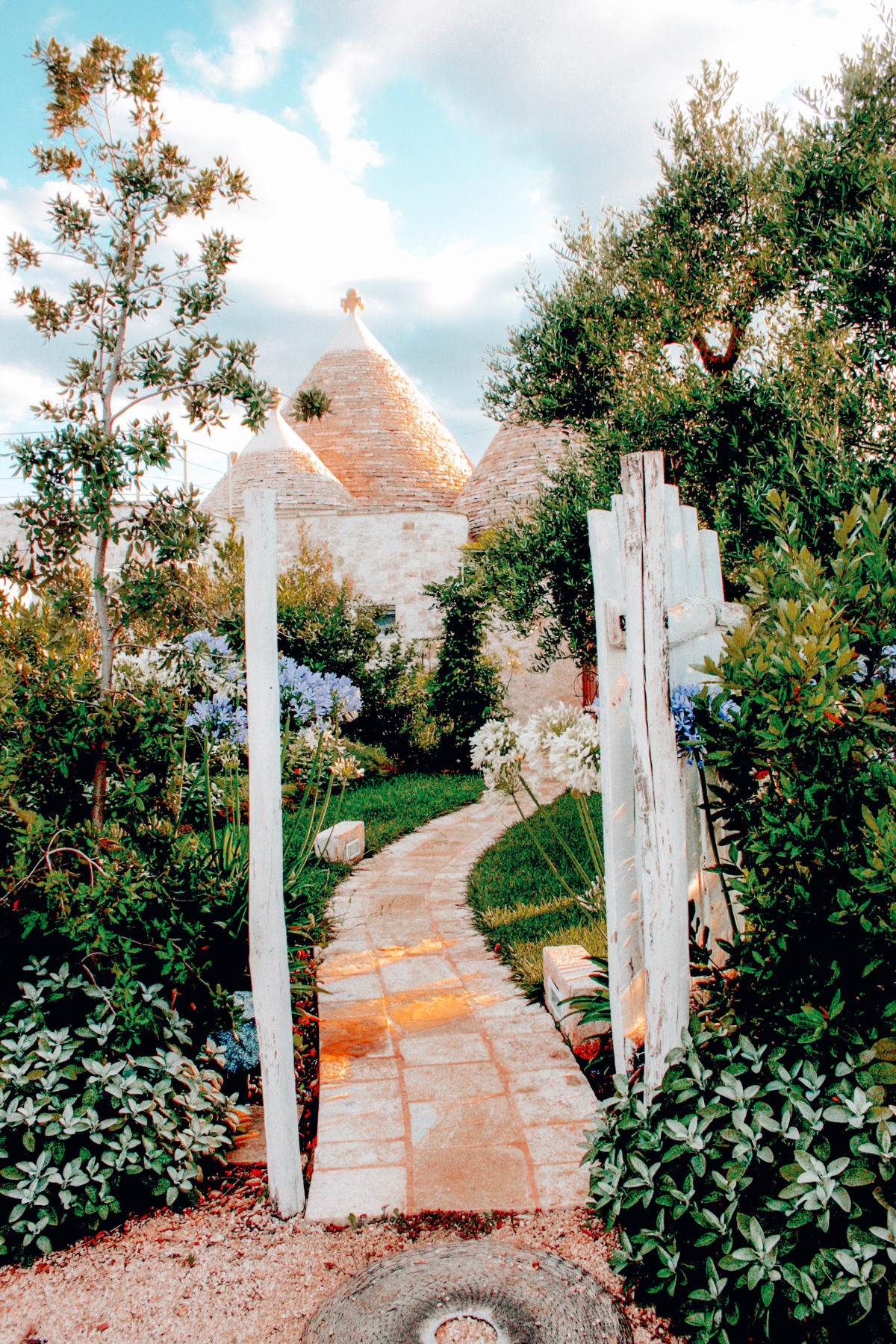
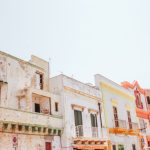




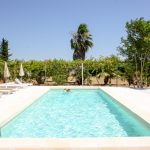

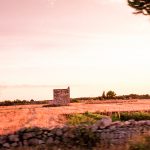
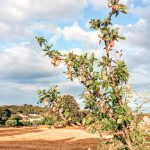



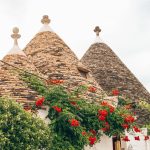
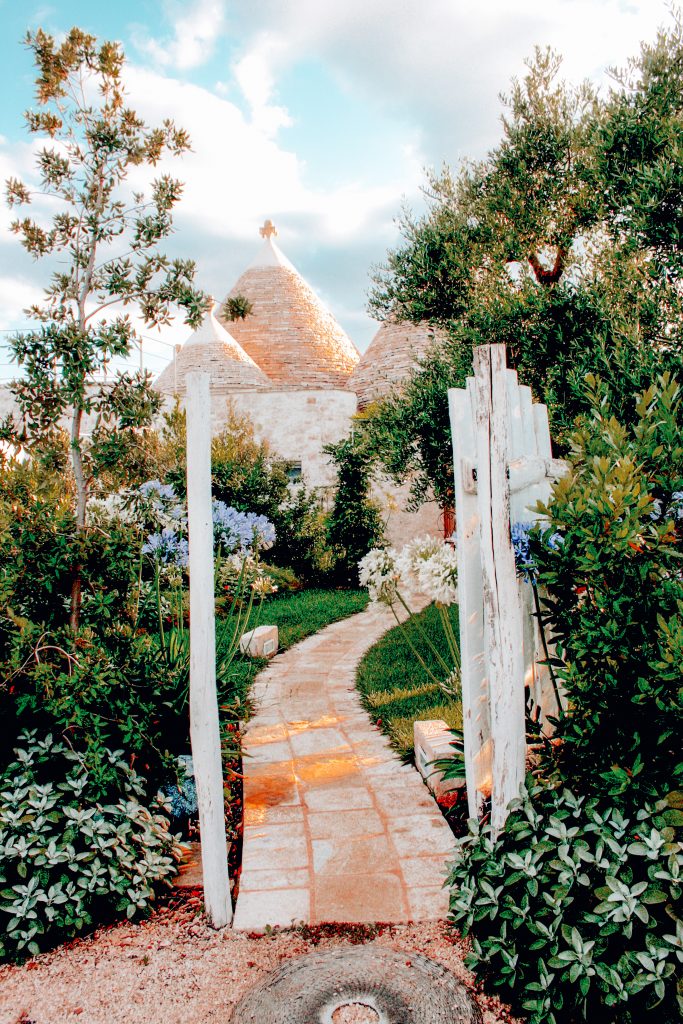
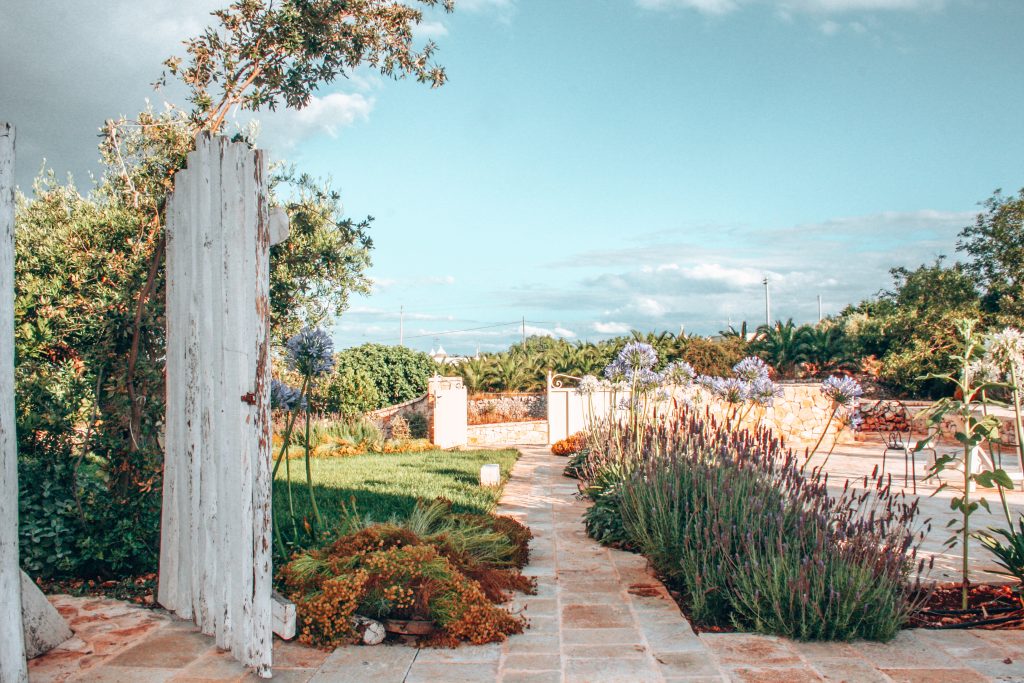
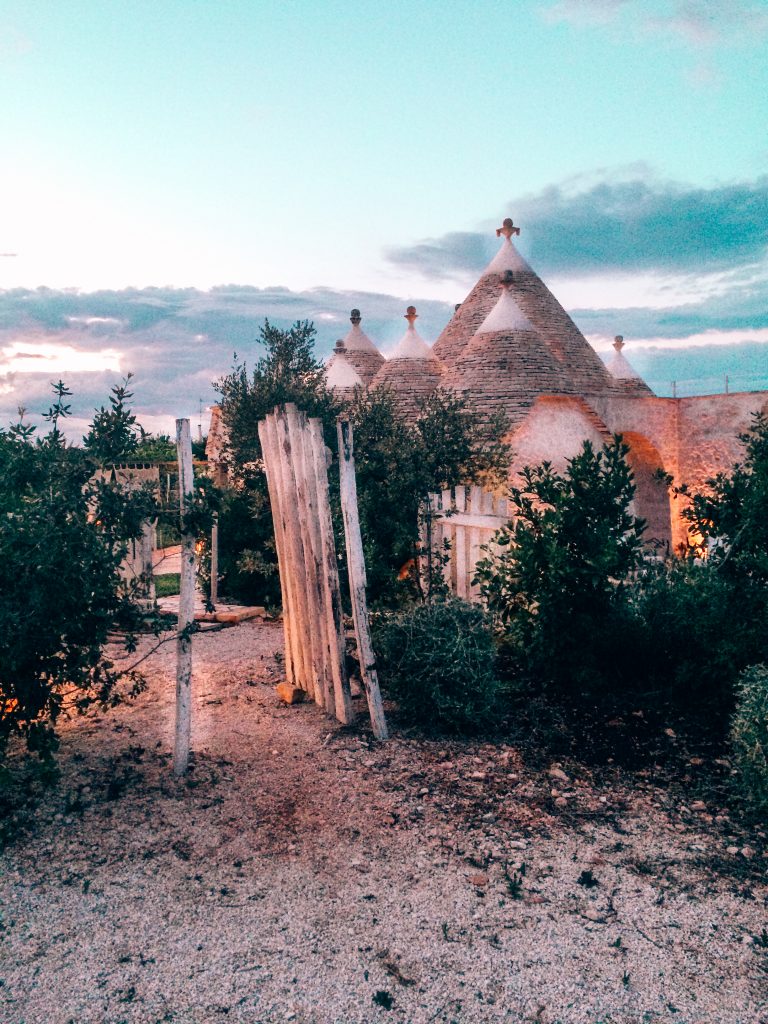



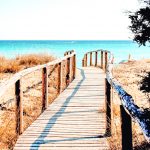

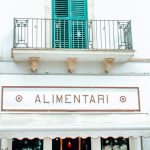









Found in
ecoluxury, europe, farmstay, glamping, italy, nature, relax, retreat